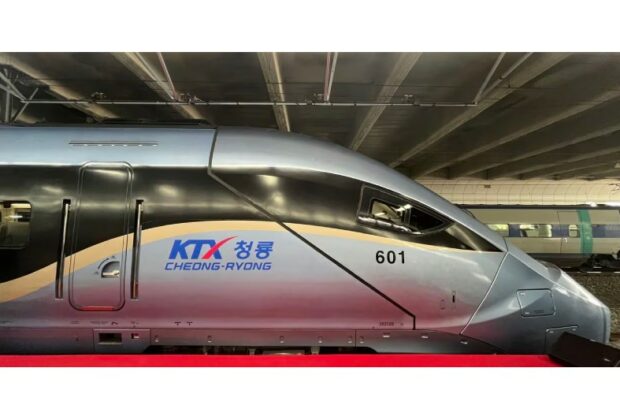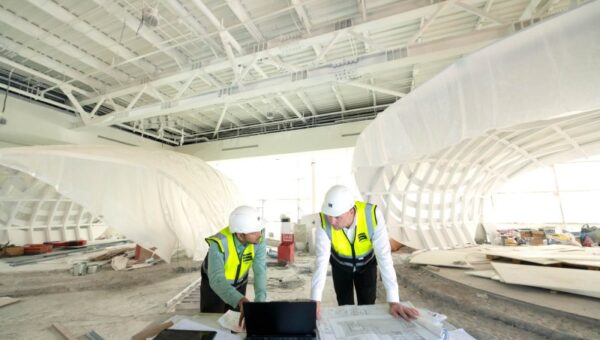Recent announcements from the South Korean Ministry of Land, Infrastructure, and Transport describe the “KTX-Cheongryong,” a brand-new high-speed train with a top speed of 320 km/h. The high-speed rail system in South Korea is called KTX, or Korea Train Express, and it is run by Korail.
Passengers can travel from Seoul to Busan in around two hours and ten minutes on the newest bullet train in South Korea, the Cheongryong, and from Yongsan to Gwangju in about one hour and thirty minutes on the older KTX type.
Participating in the unveiling ceremony, President Yoon Suk-yeol declared, “We will continue to improve our high-speed railway system, making it even faster and more convenient for passengers. Our goal is to expand the network nationwide, creating a two-hour living area across the country.”
Cheongryong is a rail service that makes fewer stops in an effort to shorten travel times to distant locations. For instance, the Yongsan to Gwangju route only stops at Iksan, but the Seoul to Busan line only stops at Daejeon and Dongdaegu.
According to a Korail official, “travel times on high-speed lines like Seoul to Busan will be reduced by about 20 to 30 minutes compared to current times as the train speed increases and the number of stops decreases.”
Furthermore, all domestic technology has been used in the development of the new high-speed train. The high-speed railway research and development program of the Ministry of Land, Infrastructure, and Transport marked the beginning of the Cheongryong project in 2007.
Unlike the current models of KTX, Cheongryong uses a distributed power supply. The electric power units are dispersed throughout the train, in contrast to the earlier models, which should improve acceleration and deceleration performance. According to experts, this method is best suited for use in Korea, where stations are relatively close to one another.
The system’s ability to do away with the requirement for locomotives at the front and rear frees up additional space for passengers, which is another noteworthy benefit.
Sancheon, another KTX model, has 136 fewer seats than Cheongryong, a 35.8% increase. Furthermore, the seat aisle widths are 154 mm wider than they were previously. Two Cheongryong units will be installed by the Ministry in May, and by 2028, there will be thirty-one more.




